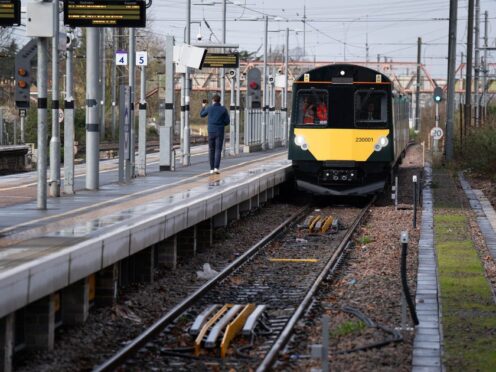
Labour has announced a flagship policy to renationalise the railways if the party wins the general election.
Here, the PA news agency sets out the details of the plan, the political response and the historical background on how the railways have been run.
– What is Labour’s plan for railway reform?
Labour has described its plans announced on Thursday as “the biggest overhaul to our railways in a generation”.
The expectation is to transfer rail networks to public ownership within its first term by transferring existing private passenger rail contracts into a new body as they expire.
The plan, which the party insist will not include taxpayer-funded compensation costs, includes the creation of a publicly owned body responsible for all rail infrastructure and awarding contracts to operate trains.
A new watchdog called the Passenger Standards Authority will also be established.
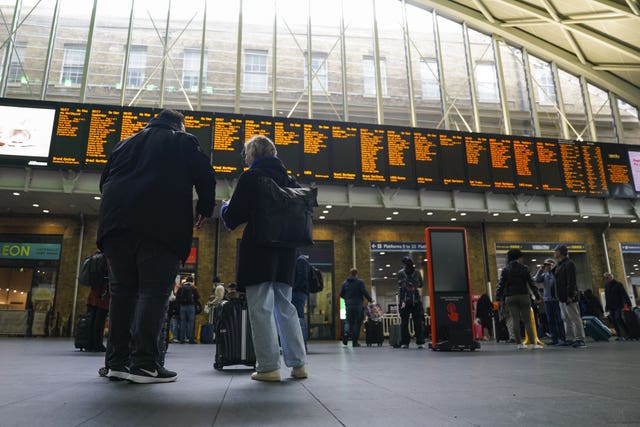
Labour also intends to introduce automatic delay and cancellation refunds, make digital season tickets available on all networks, and make timetables, tickets and fares more integrated.
There are additional proposals to move mobile services on trains towards 5G and improve the integration of rail travel with bus and cycle hire services.
Notably, Labour has said it approach will focus on “the best of the private and public sector”.
– Why is Labour planning to introduce the changes?
Shadow transport secretary Louise Haigh chose the UK headquarters of railway app Trainline to announce the plans.
She praised the company for “a relentless focus on passengers” and its work “on improving their experience”.
Broadly speaking, Labour believes its plan will bring this approach to the way the railways are operated following years of passenger frustration at poor performance across the network.
Ms Haigh asserted that there should be pride in the fact that rail travel was invented in the UK, but said the network had become “a symbol of national decline” under the Conservatives, accusing the Government of “having no plan to fix it”.

Referencing “today’s broken model”, she said train cancellations are at record highs and fares had risen nearly twice as fast as wages since 2010.
Grievances among railway staff about working conditions which led to high-profile strikes were also proving damaging with a cost of £25m a day, Ms Haigh added.
Labour has also vowed to end what it describes as the waste of “huge sums” on management fees and shareholder dividends at a time when “the taxpayer still props up our failing railways to the tune of billions every year”.
– How have the Conservatives responded to the announcement?
Rail minister Huw Merriman claimed only the Government has a plan for the network involving investment at record levels.
He described Labour’s approach as “pointless” and, on a familiar theme, accused the Opposition of pushing “unfunded rail nationalisation”.
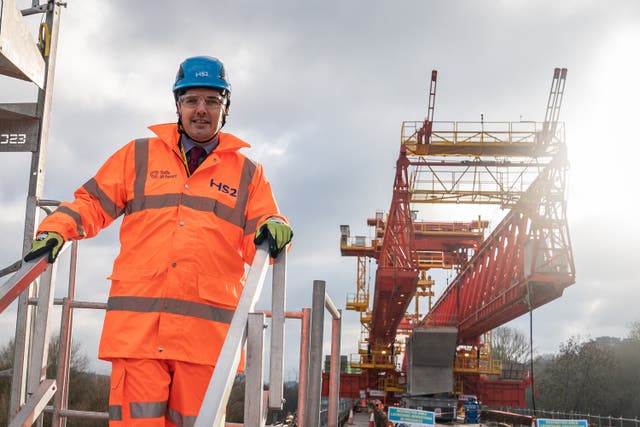
The Government insists the plan will “do nothing” to improve service reliability or affordability.
Mr Merriman added: “Just like their unfunded £28 billion a year decarbonisation promise, they don’t have a plan to pay for the bill attached to their rail nationalisation. Without a plan to pay for this, it means one thing: taxes will rise on hard-working people.”
– What have unions and other industry organisations said?
As expected, unions have welcomed Labour’s announcement.
Mick Whelan, general secretary of Aslef, described the plan as a “stunning vision” that would deliver benefits for passengers, staff and the economy.
Mick Lynch, general secretary of the Rail, Maritime and Transport (RMT) union, said the commitment was in the “best interests of railway workers, passengers and the taxpayer”.
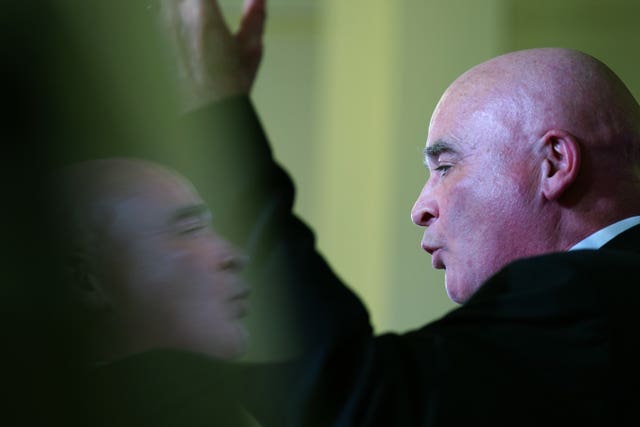
But he called for the plan to be a “first step” to fully “integrating all of our railway into public ownership”.
However, Andy Bagnall, chief executive at Rail Partners, which represents train operators and freight groups, said companies “agree that change is needed”.
But he described nationalisation as a “political rather than a practical solution which will increase costs over time”.
– When were the railways first nationalised?
There was a form of nationalisation when the government took control of the railways during the First World War, but it did not take ownership.
Control was returned to the original private owners in 1921, but the Railways Act in the same year forced the consolidation of operational responsibility from 120 companies to four.
The network, which was badly damaged by bombing, was then taken into state control in the aftermath of the Second World War by Clement Attlee’s Labour government.
The operator British Railways was subsequently established in 1948.
– When and how were the railways privatised in the modern era?
The phased process of privatising British Rail started in 1994 under the Conservative government led by John Major which continued a programme of selling off state-owned businesses initiated during Margaret Thatcher’s premiership.
The Railways Act 1993 led to the operations of the British Rail board being broken up and sold to various private entities and a new regulator was established.
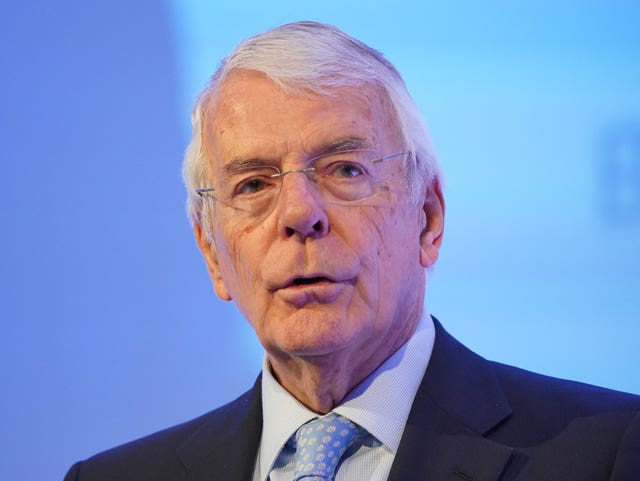
Ownership of rail infrastructure was transferred to the private company Railtrack and companies that owned rolling stock then leased trains to train operators under a new system of franchising.
Railtrack went bankrupt in 2001 and its assets were passed to the state-owned National Rail.
– What changes have been introduced under the Conservative Government?
The franchise system essentially came to an end in March 2020 when the Department for Transport placed railway lines under an “emergency measures agreement” to keep trains running during the pandemic.
In September 2020, then-transport secretary Grant Shapps admitted that rail privatisation was not working and began a transition to tighter Government guidelines on “high performance targets”.
The announcement declared “rail franchising reaches its terminus as a new railway takes place”.
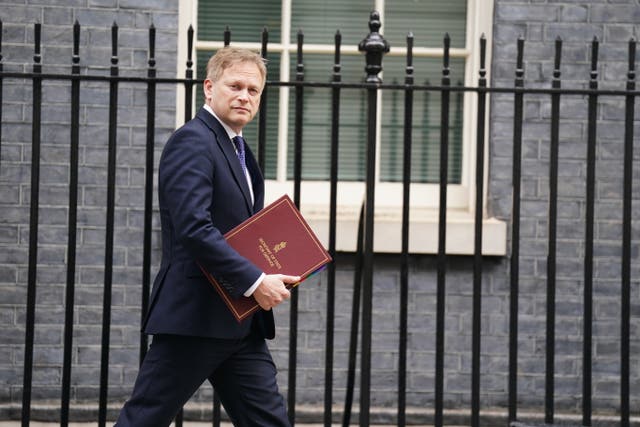
Mr Shapps said the new arrangements would simplify journeys and “keep the best elements of of the private sector, including competition and investment”.
The Government’s own proposals for rail reform, published in a draft Bill in February, include the creation of a new public sector body named Great British Railways (GBR) to hold responsibility for rail infrastructure and awarding contracts to operate trains.
It estimated that the plan could save £1.5 billion annually after five years by ending inefficiency and fragmentation.

Enjoy the convenience of having The Sunday Post delivered as a digital ePaper straight to your smartphone, tablet or computer.
Subscribe for only £5.49 a month and enjoy all the benefits of the printed paper as a digital replica.
Subscribe